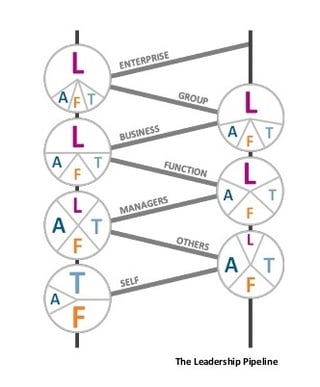Learning & Development Consultant Doug Chapman, discusses Leadership and Followership...
15.5 million hits versus 0.5 million hits. That is the stark disparity a very quick internet search reveals about leadership and followership. Organisations are spending significantly on developing the leadership capabilities of their organisations to drive forward culture changes, performance improvements and levels of engagement. Indeed, a recent CIPD study shows that over 50% of the organisations in their data are spending the majority of their training budget on leadership and management interventions.
There is in many cases a clear need to develop the leadership capability within organisations. However, is this investment complemented by or at the expense of investment in good followership skills? Most studies show that the typical proportion of managers to employees in organisations is 15% to 85%. If over 50% of the training budget is invested in the 15%, how many followers are not benefitting from developing their skills?
.jpg?width=640&height=432&name=Followership%20Diagram%20(2).jpg)
This model highlights the fact that businesses should look to engage with and invest in their employees to develop more effective followers. These followers will typically display the following behaviours:
- Energetic
- Enthusiastic
- Take initiative
- Point out problems and offer solutions
- Ask for forgiveness, not permission
- Good communicators
- Deliver on promises
- Trustworthy and reliable
- See colleagues as allies and leaders as equals

How would it feel to have these employees in your business? It could be argued that a business with these employees would feel dynamic, performance driven, engaging and fuelling innovative practices. One could easily argue that these are also the behaviours that businesses are trying to develop in their leaders.
Indeed, Peter Drucker’s Leadership Pipeline model demonstrates that leaders must demonstrate followership behaviours at all stages of their leadership career:
L = leadership skills
A = administrative skills
T = technical skills
F = followership skills



